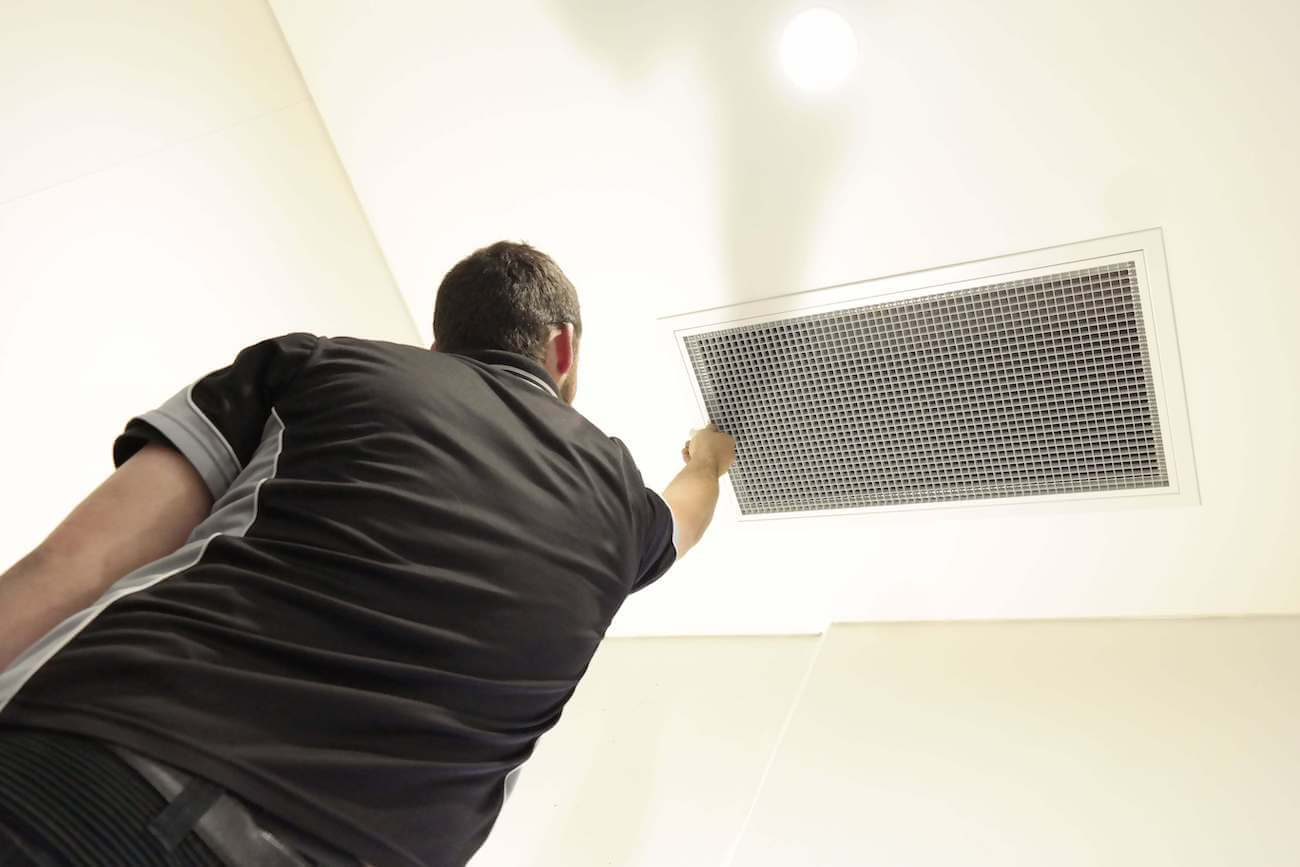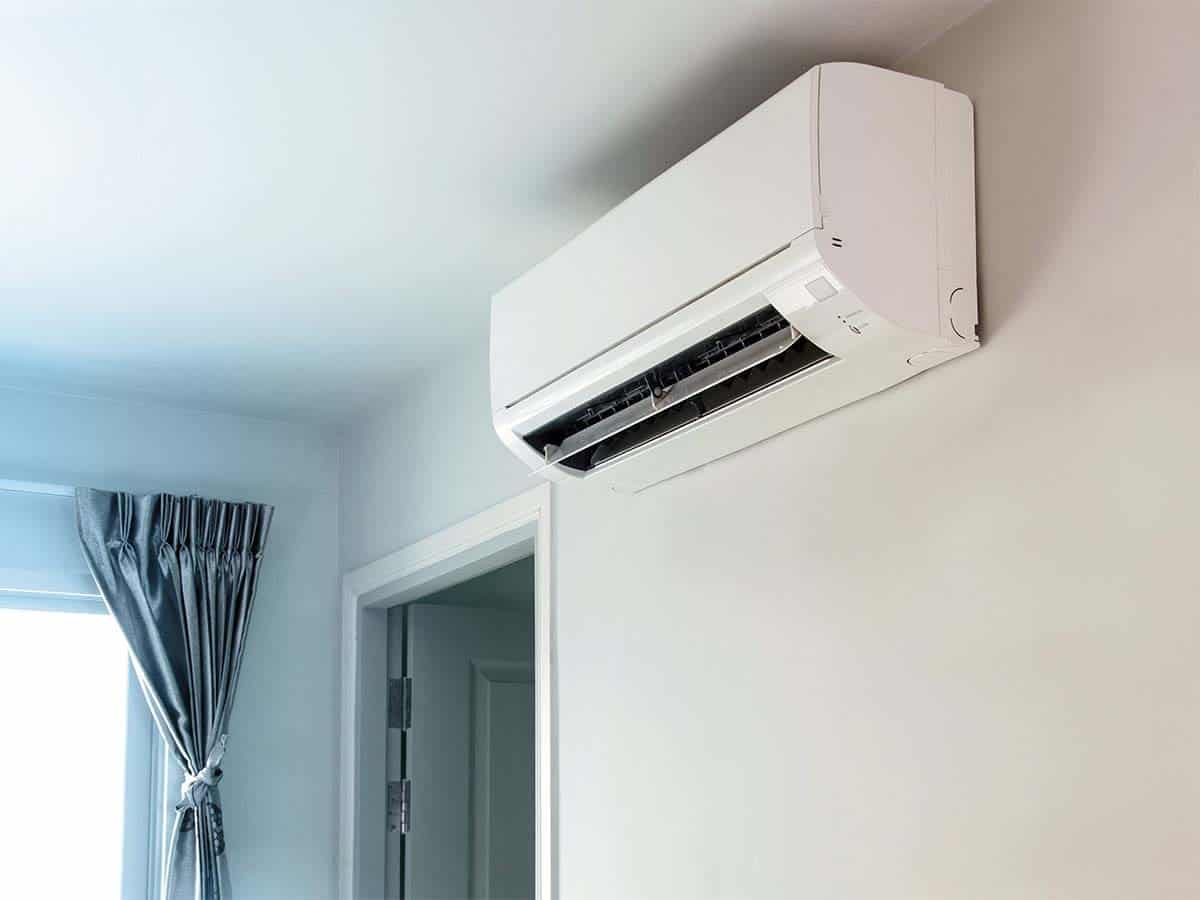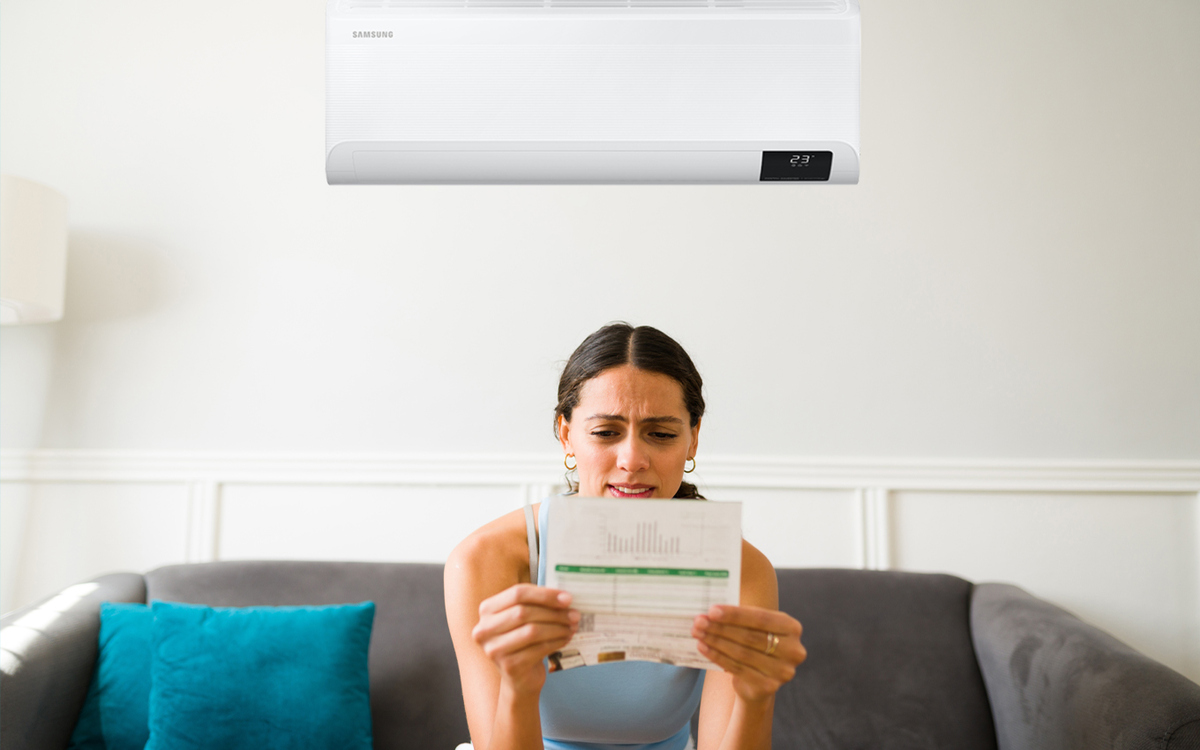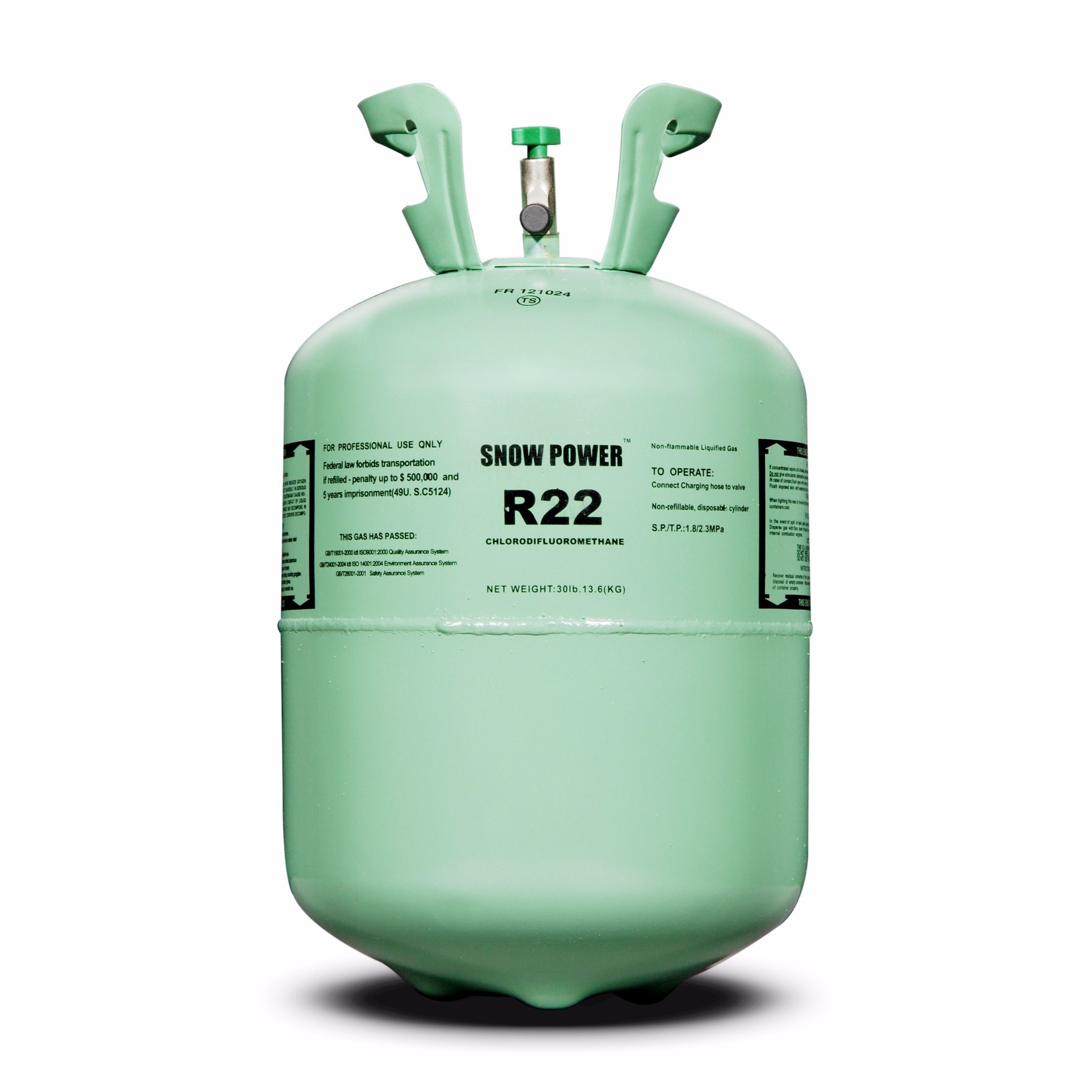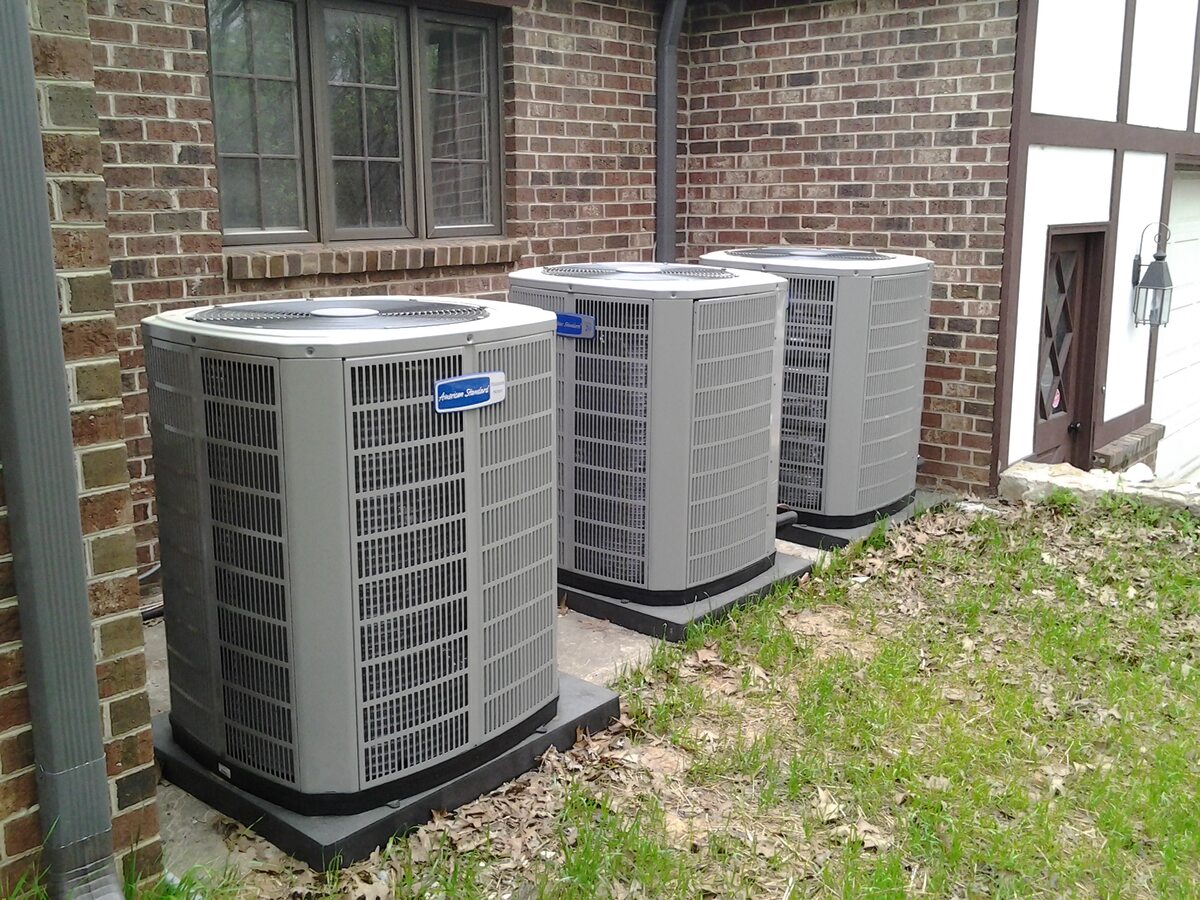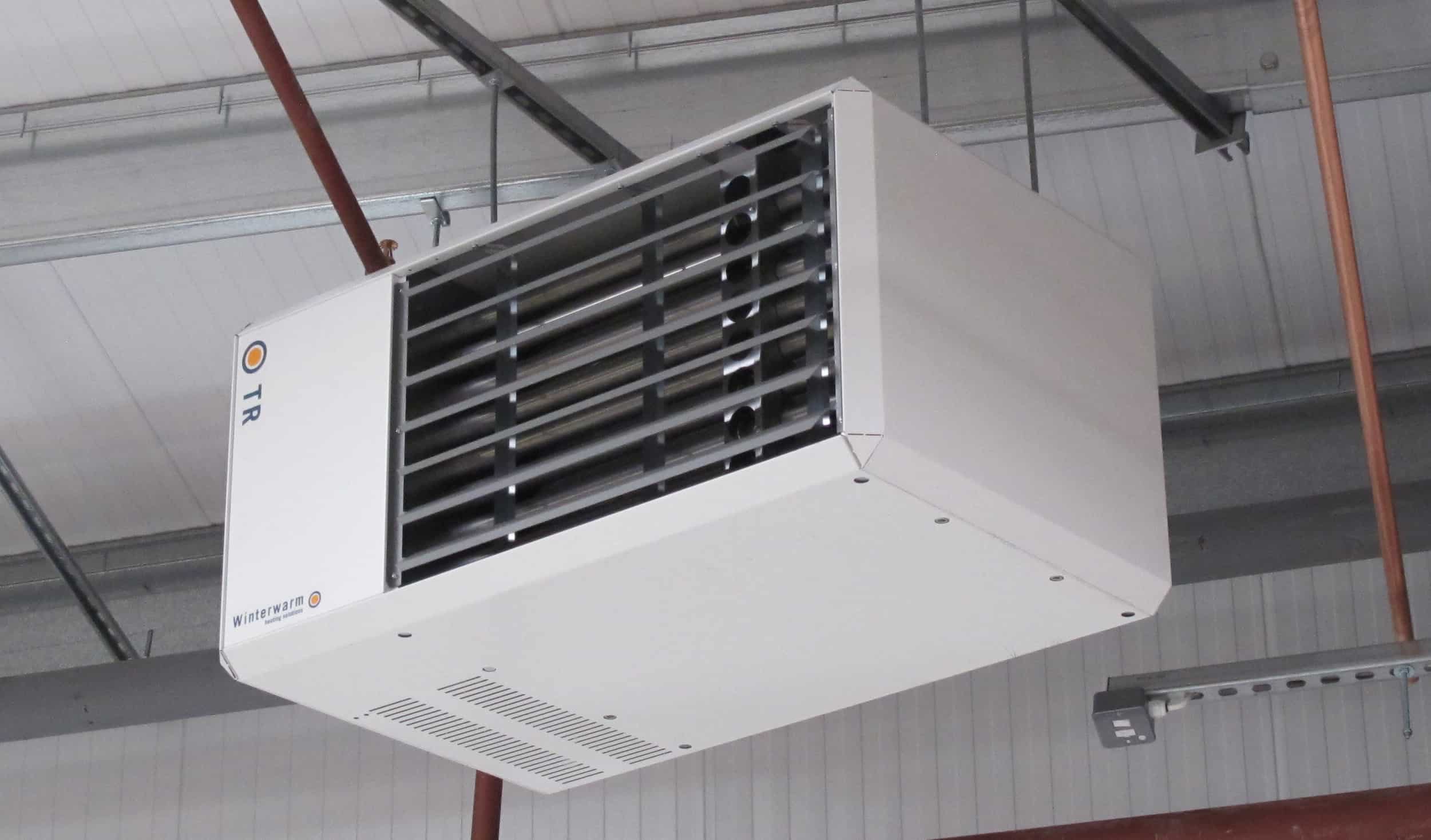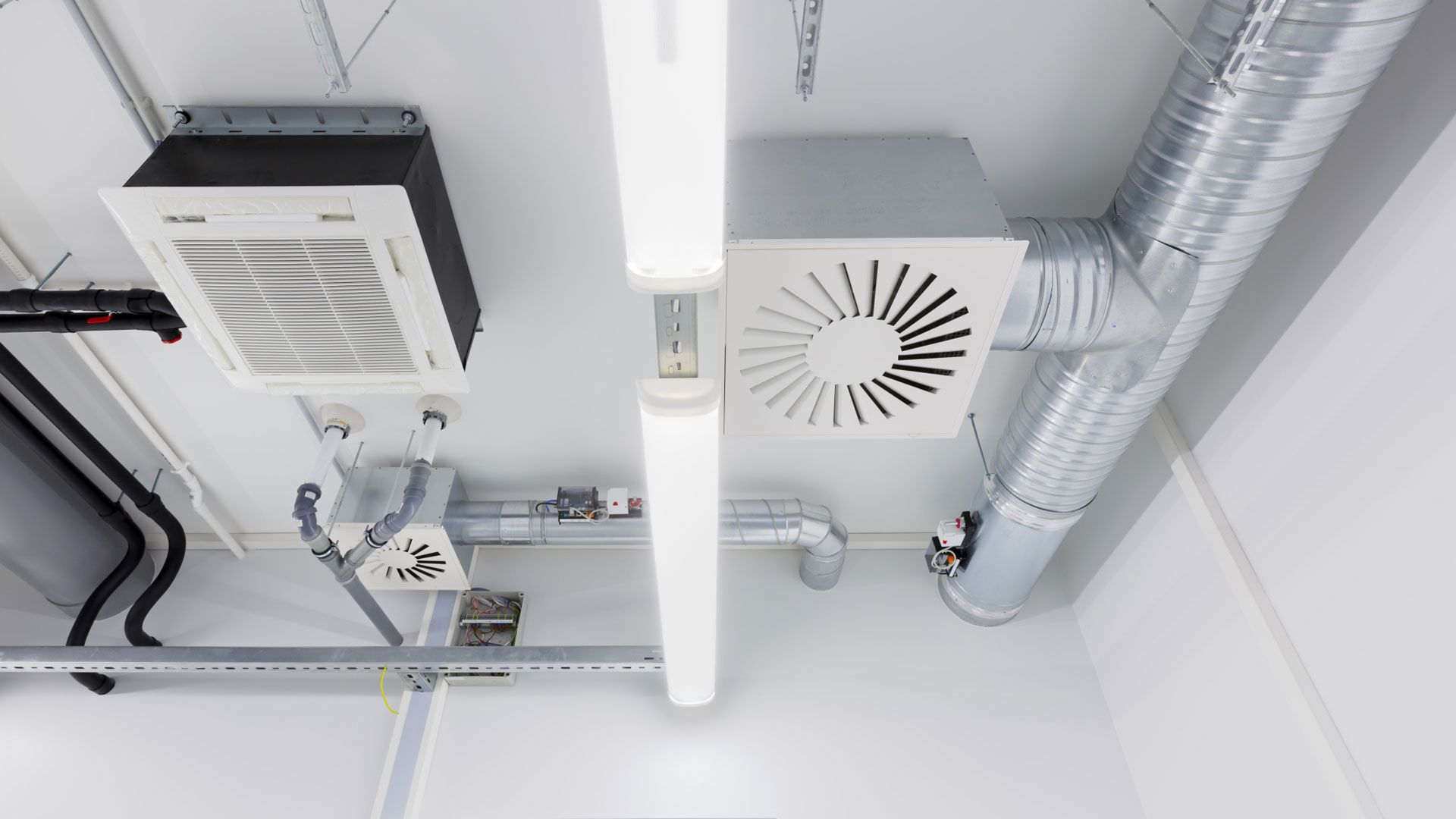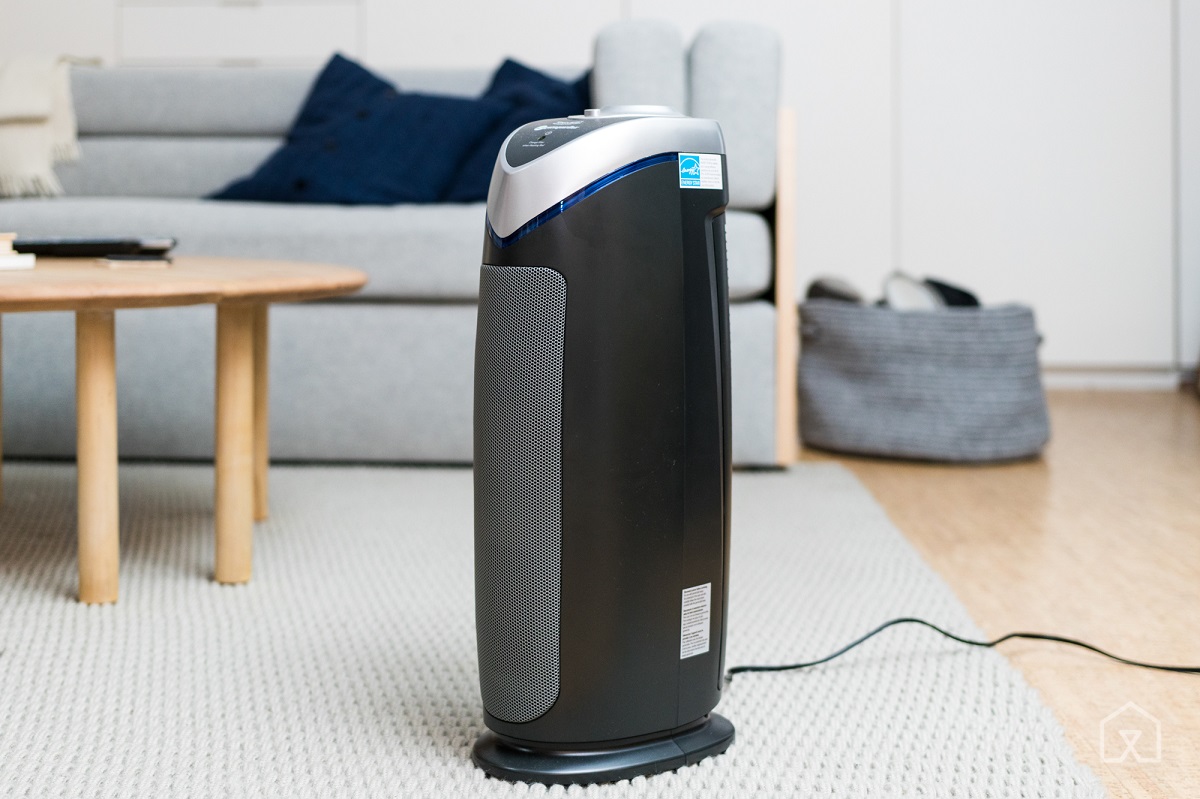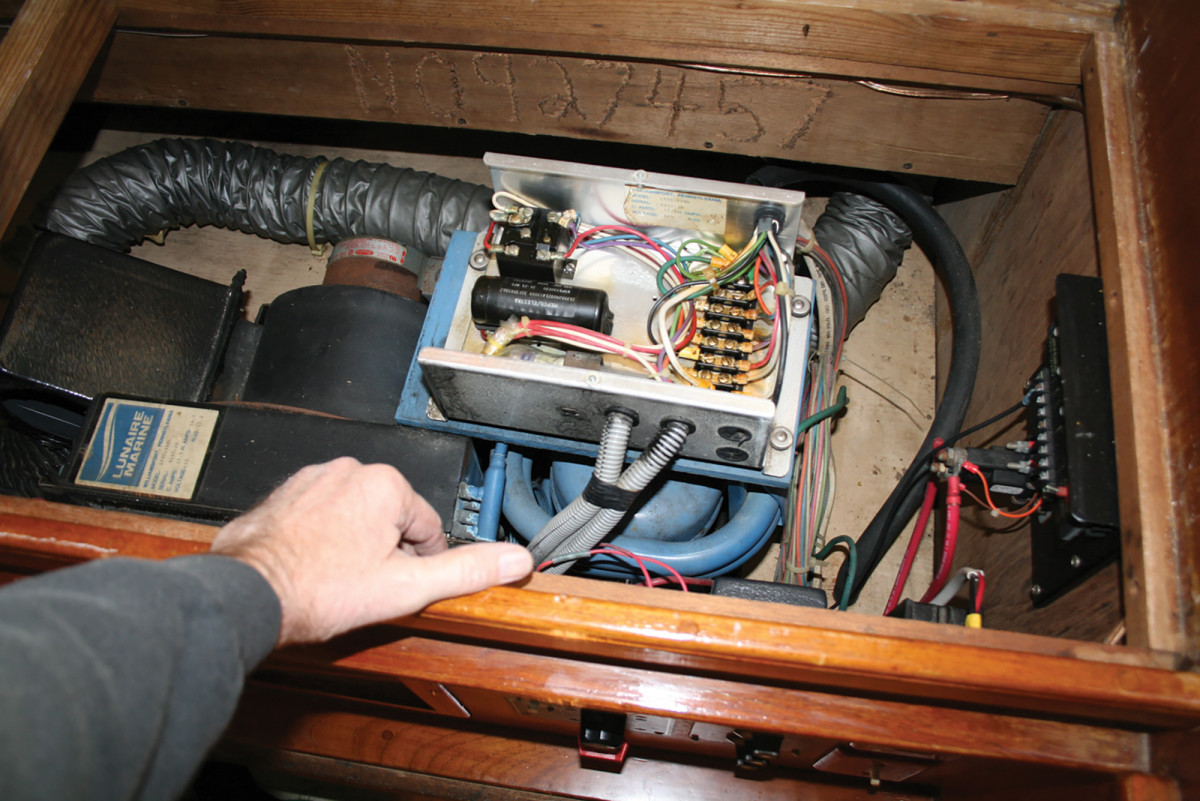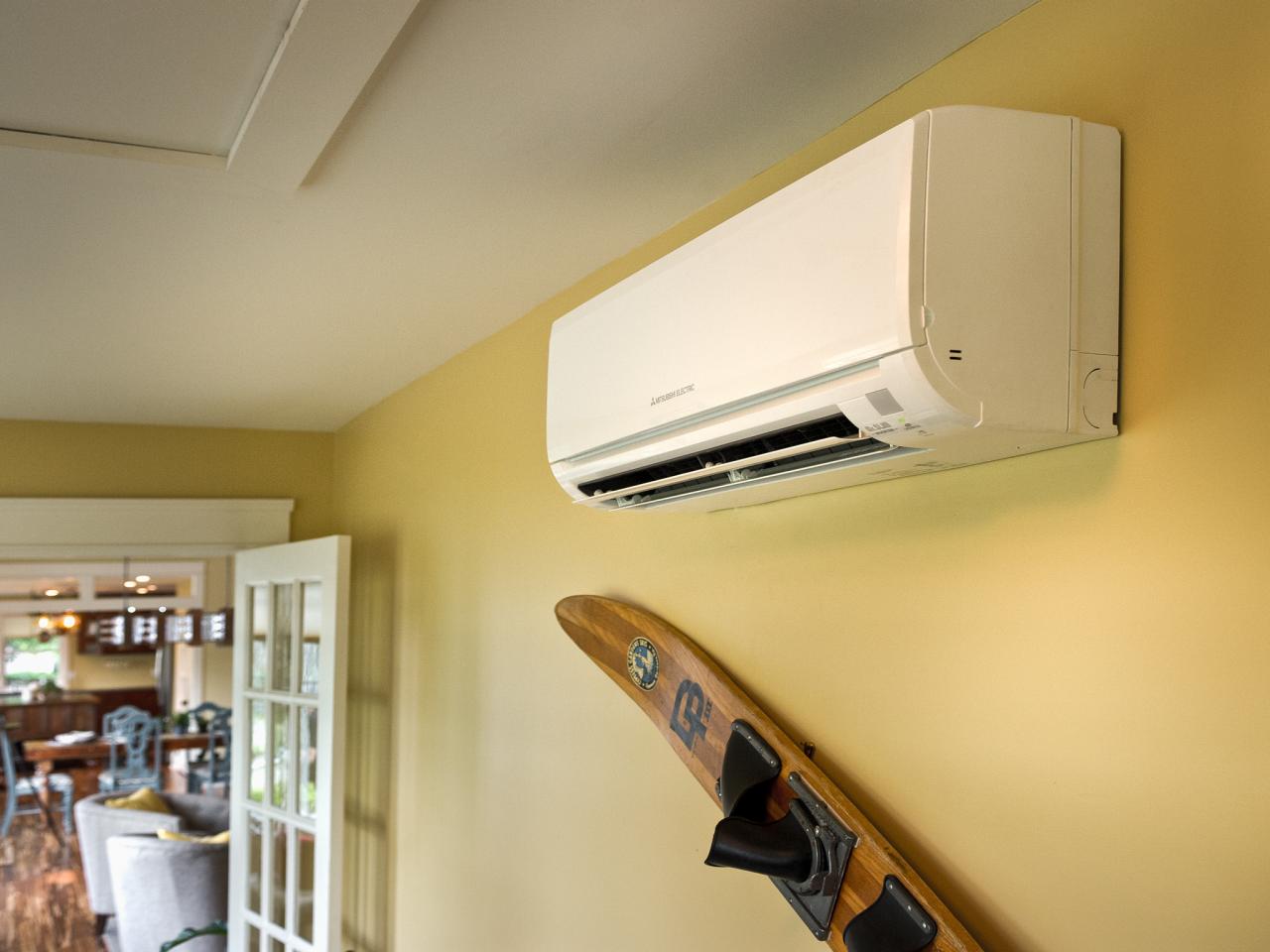Home>Home Maintenance>How Much Gas Does Air Conditioning Use
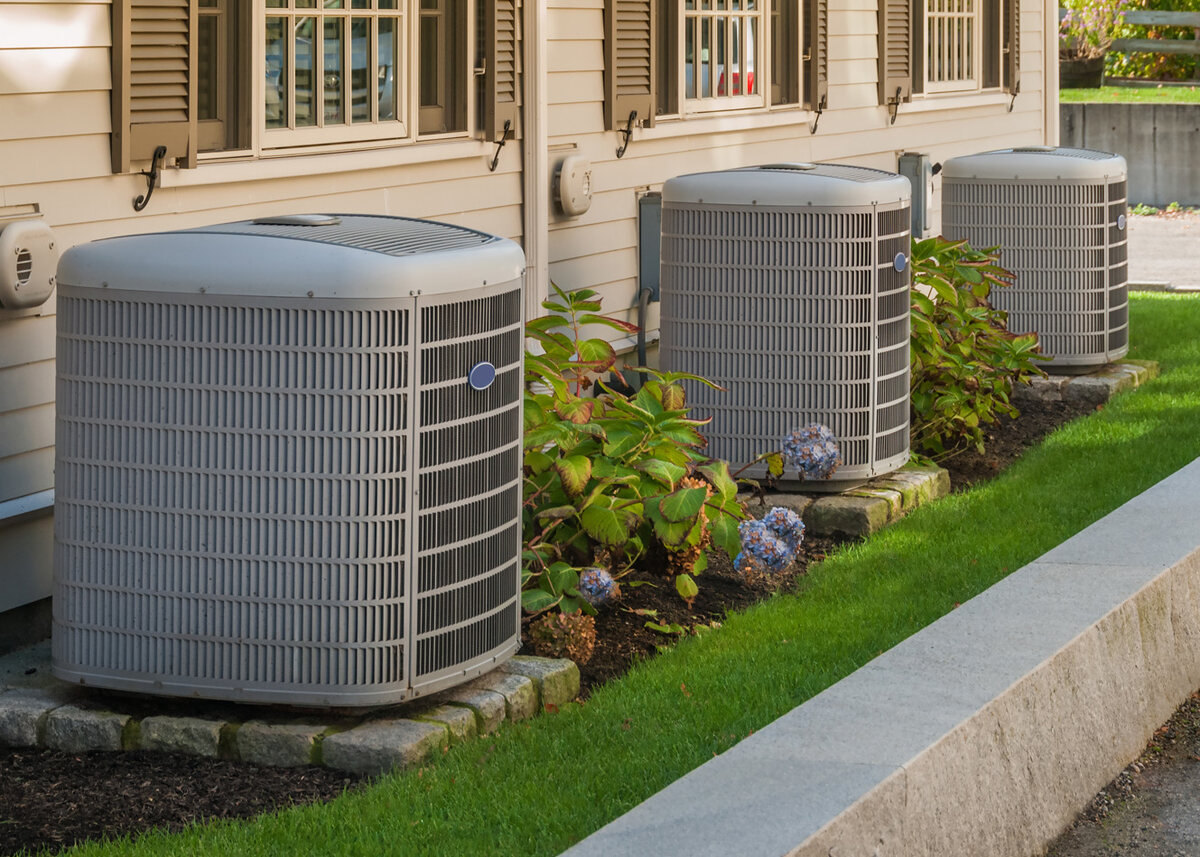

Home Maintenance
How Much Gas Does Air Conditioning Use
Modified: October 20, 2024
Discover how much gas is typically used by air conditioning systems for home maintenance, and find out how to optimize your usage to save energy and reduce costs.
(Many of the links in this article redirect to a specific reviewed product. Your purchase of these products through affiliate links helps to generate commission for Storables.com, at no extra cost. Learn more)
Introduction
Welcome to our comprehensive guide on understanding and managing the gas consumption of air conditioning systems. Air conditioning has become an essential part of modern living, providing comfort and relief from sweltering heat during the summer months. However, it is important to be aware of the energy usage and environmental impact of these systems.
Whether you are a homeowner, renter, or business owner, taking steps to optimize and reduce your air conditioning system’s gas consumption can have a significant impact on your energy bills and the environment. In this article, we will delve into the factors that affect gas usage in air conditioning systems, how to estimate gas usage in different types of systems, and provide valuable tips to help you reduce your gas consumption.
Understanding how air conditioning systems work will give you insights into the energy consumption and gas usage of these appliances. Air conditioning systems operate by removing heat and humidity from the indoor air, creating a more comfortable environment. This process requires energy, typically in the form of gas, to power the compressor and other components of the system.
The energy consumption and gas usage of an air conditioning system depend on various factors, such as the size of the space being cooled, the efficiency of the system, the outdoor temperature and humidity levels, and the maintenance of the system. By understanding these factors, you can make informed decisions to optimize your system’s gas consumption.
Estimating the gas usage in different types of air conditioning systems is crucial for managing energy costs. There are various types of air conditioning systems, including central air conditioning, window units, and ductless mini-split systems. Each type has its own energy requirements and gas consumption.
In this guide, we will provide you with detailed insights into the gas usage of different types of air conditioning systems, helping you determine the most efficient option for your needs. Additionally, we will share valuable tips to reduce gas consumption, such as proper maintenance, insulation, and smart thermostat usage.
By implementing the tips and strategies highlighted in this guide, you can not only enjoy a comfortable indoor environment but also contribute to a more sustainable future. Let’s dive into the details of understanding and managing the gas consumption of air conditioning systems!
Key Takeaways:
- Air conditioning systems use gas to cool indoor spaces, and factors like system size, efficiency, and maintenance impact gas consumption. Understanding these factors can help reduce energy bills and environmental impact.
- By implementing tips like regular maintenance, efficient temperature settings, and natural ventilation, you can minimize gas usage in air conditioning systems. Making small changes can lead to significant energy savings.
Read more: How Much Gas Does Fireplace Use
Understanding Air Conditioning Systems
Air conditioning systems are designed to provide comfort by controlling the temperature and humidity levels in indoor spaces. Understanding how these systems work is key to comprehending their energy consumption and gas usage.
The basic components of an air conditioning system include a compressor, condenser, expansion valve, and evaporator coil. These components work together to circulate refrigerant, which absorbs heat from the indoor air and releases it outside, resulting in a cooler indoor environment.
The process begins with the compressor, which compresses and pressurizes the refrigerant gas. This high-pressure gas then flows into the condenser, where it releases heat to the surrounding air or outdoor environment. As the refrigerant cools down, it transforms into a liquid state.
The liquid refrigerant then passes through the expansion valve, where its pressure is reduced. This causes the refrigerant to evaporate into a gas as it enters the evaporator coil. As it evaporates, it absorbs heat from the indoor air, lowering the temperature.
The cool air produced by the evaporator coil is then circulated back into the indoor space, while the refrigerant gas flows back into the compressor to continue the cycle. This continuous process allows the air conditioning system to maintain a comfortable temperature inside while removing excess heat and humidity.
The energy consumption of an air conditioning system primarily depends on the efficiency of its components and the duration of operation. The higher the efficiency, the less energy and gas it will require to cool the indoor space. ENERGY STAR certified air conditioning systems are designed to meet strict energy efficiency standards, making them a preferred choice for reducing energy consumption.
It’s important to note that air conditioning systems require regular maintenance to operate at their optimal efficiency and minimize gas usage. This includes cleaning or replacing air filters, checking and cleaning the condenser coils, and ensuring proper airflow throughout the system. Neglecting maintenance tasks can lead to decreased performance and increased gas consumption.
Additionally, the size of the air conditioning system must match the size of the space being cooled. An undersized system will struggle to cool the space efficiently, leading to longer operating times and increased gas usage. Conversely, an oversized system may cycle on and off frequently, wasting energy and increasing wear and tear on the components.
By understanding the inner workings of air conditioning systems, you can make informed decisions about maintenance, efficiency upgrades, and proper usage. This knowledge will empower you to optimize your system’s gas consumption while maintaining a comfortable indoor environment.
Energy Consumption of Air Conditioning Systems
Air conditioning systems contribute significantly to residential and commercial energy consumption. Understanding the factors that impact energy usage can help you manage and reduce the gas consumption of your air conditioning system.
The primary factor influencing energy consumption is the cooling load or the amount of heat that needs to be removed from the indoor space to maintain a comfortable temperature. The cooling load is affected by factors such as the size of the space, insulation, number of occupants, and heat-generating equipment.
Another key factor is the energy efficiency of the air conditioning system itself. The Seasonal Energy Efficiency Ratio (SEER) is a measure of the cooling output per unit of energy consumed over a cooling season. Higher SEER ratings indicate greater energy efficiency, which means less gas usage. Upgrading to a more energy-efficient system can significantly reduce your gas consumption.
Proper system sizing is crucial to avoid unnecessary gas consumption. An oversized system will cycle on and off frequently, unable to maintain a steady temperature efficiently. On the other hand, an undersized system will run continuously without achieving the desired temperature, consuming more gas than necessary. Consulting with an HVAC professional to determine the appropriate size for your space is essential.
The outdoor temperature and humidity levels also impact energy consumption. In warmer climates, air conditioning systems need to work harder to remove heat and maintain a comfortable indoor temperature. High humidity levels can make the space feel warmer, leading to longer operating times and increased gas usage. Using dehumidifiers in conjunction with air conditioning systems can help reduce humidity levels, thus optimizing energy consumption.
The age and condition of the air conditioning system can also affect energy consumption. Older systems may have worn-out components or outdated technology, resulting in reduced efficiency and increased gas usage. Regular maintenance, including cleaning and inspecting the system, can help ensure that it operates at its optimal efficiency and minimizes gas consumption.
Another factor to consider is the thermostat settings. Setting the thermostat to a lower temperature than required will increase energy consumption. Utilizing programmable or smart thermostats can help regulate temperature settings based on occupancy patterns and save energy when the space is unoccupied.
Lastly, lifestyle habits and personal preferences influence energy consumption. For example, keeping doors and windows open while the air conditioning is running, using inefficient or outdated appliances that generate excess heat, or neglecting proper insulation can all contribute to increased energy consumption.
By understanding the various factors that impact energy consumption, you can take proactive steps to manage and reduce the gas usage of your air conditioning system. Regular maintenance, using energy-efficient systems, proper system sizing, optimizing thermostat settings, and adopting energy-conscious habits can all help minimize gas consumption and lower your energy bills.
Factors Affecting Gas Usage in Air Conditioning
Gas usage in air conditioning systems is influenced by a variety of factors. Understanding these factors can help you identify areas where gas consumption can be optimized and reduced. Let’s explore the key factors that affect gas usage in air conditioning:
1. Size and Efficiency of the System: The size and efficiency of the air conditioning system play a crucial role in gas usage. An appropriately sized system will efficiently cool the space without excessive gas consumption. Energy-efficient systems, with higher Seasonal Energy Efficiency Ratio (SEER) ratings, use less gas to achieve the desired cooling.
2. Climate and Outdoor Conditions: The climate and outdoor conditions in your area affect the gas usage of your air conditioning system. Hotter climates and higher outdoor temperatures can result in longer operating times and increased gas consumption. Similarly, higher humidity levels may cause the system to work harder to remove moisture from the air, leading to higher gas usage.
3. Insulation and Air Leakage: The insulation of the building and the presence of air leakage impact gas usage. Insufficient insulation allows heat to enter the building, forcing the air conditioning system to work harder. Additionally, air leakage can result in cool air escaping and warm air entering the space, requiring the system to run for longer periods and consume more gas.
4. Building Size and Layout: The size and layout of the building influence gas usage. Larger spaces or buildings with multiple rooms may require more energy to cool evenly. Conversely, smaller spaces may allow for more efficient cooling and reduced gas consumption.
5. Number of Occupants: The number of occupants in a space affects gas usage. With more people present, the air conditioning system must work harder to maintain a comfortable indoor temperature, resulting in higher gas consumption.
6. Thermostat Settings: The temperature settings on your thermostat impact gas usage. Lowering the thermostat beyond the desired temperature will not cool the space faster; instead, it will use more gas. Setting the thermostat at an appropriate temperature and utilizing programmable or smart thermostats can help optimize gas usage.
7. System Maintenance: Proper maintenance is essential for efficient operation and reduced gas usage. Regularly cleaning or replacing air filters, maintaining condenser coils, and ensuring proper airflow can improve system performance and decrease gas consumption.
8. Usage Patterns: How the air conditioning system is used affects gas usage. Leaving the system running when the space is unoccupied or keeping doors and windows open can significantly increase gas consumption. Being mindful of usage patterns and adjusting them accordingly can help conserve gas and reduce energy waste.
9. Other Heat-Generating Appliances: The presence of other heat-generating appliances, such as ovens, stoves, or electronics, can contribute to increased gas usage. Minimizing the use of these appliances or ensuring proper ventilation can help reduce the load on the air conditioning system and optimize gas consumption.
By considering and managing these factors, you can make informed decisions and take necessary steps to reduce gas usage in your air conditioning system. This not only helps lower your energy bills but also contributes to a more sustainable and energy-efficient future.
Consider using a programmable thermostat to regulate your air conditioning usage, setting it higher when you’re away and lower when you’re home to save on gas consumption.
Estimating Gas Usage in Different Types of Air Conditioning Systems
Gas usage in air conditioning systems can vary depending on the type of system you have installed. Different types of systems have different energy requirements and gas consumption. Let’s explore some common air conditioning system types and their estimated gas usage:
1. Central Air Conditioning Systems: Central air conditioning systems are typically found in larger homes or commercial buildings. These systems use ductwork to distribute cool air throughout the building. Gas usage in central AC systems is measured in British Thermal Units (BTUs). On average, a central AC system may consume anywhere from 30,000 to 60,000 BTUs per hour, depending on the size, efficiency, and cooling load of the system.
2. Window Air Conditioning Units: Window air conditioning units are commonly used in smaller spaces or apartments. These units are self-contained and are installed directly in a window or a specially designed opening in the wall. Gas usage in window units is typically measured in kilowatt-hours (kWh). On average, a window unit may consume between 0.5 to 2 kWh per hour, depending on its cooling capacity and energy efficiency rating.
3. Ductless Mini-Split Systems: Ductless mini-split systems are becoming increasingly popular due to their energy efficiency and versatility. These systems consist of an outdoor unit and one or more indoor units connected by refrigerant lines. Gas usage in mini-split systems is also measured in BTUs. Depending on the size and number of indoor units, a ductless mini-split system may consume anywhere from 6,000 to 36,000 BTUs per hour.
4. Portable Air Conditioners: Portable air conditioners are standalone units that can be moved from room to room. These units use an exhaust hose to vent hot air outside through a window or opening. Gas usage in portable air conditioners is measured in BTUs or kilowatt-hours. On average, a portable AC unit may consume between 8,000 to 14,000 BTUs or 1 to 3 kWh per hour.
5. Geothermal Heat Pump Systems: Geothermal heat pump systems utilize the stable temperature underground to provide heating and cooling. These systems are highly energy-efficient but require a significant initial investment. Gas usage in geothermal systems is measured in kilowatt-hours. The estimated gas usage for geothermal heat pumps varies depending on factors such as the size of the system, location, and heating or cooling load.
Keep in mind that these estimations are approximate and can vary based on several factors, including the efficiency rating of the unit, outdoor temperature, insulation, and usage patterns. Additionally, it’s important to consider other energy sources, such as electricity, that these systems may utilize in addition to gas.
Consulting with an HVAC professional can provide more accurate estimations of gas usage based on specific system specifications and local conditions. They can also guide you on choosing the right system size and energy-efficient options to optimize gas consumption.
By understanding the estimated gas usage of different types of air conditioning systems, you can make informed decisions when selecting and operating these systems, ultimately helping you manage energy costs and reduce environmental impact.
Tips to Reduce Gas Consumption in Air Conditioning Systems
Reducing gas consumption in your air conditioning system not only helps lower your energy bills but also contributes to a more sustainable and environmentally friendly lifestyle. Here are some tips to help you optimize and minimize gas usage:
1. Regular System Maintenance: Schedule regular maintenance for your air conditioning system. Clean or replace air filters regularly to ensure proper airflow and system efficiency. Keep the system’s condenser coils clean and free from debris. Check for any leaks or issues that may impact the system’s performance and energy consumption.
2. Proper Insulation: Ensure that your building is properly insulated to prevent cool air from escaping and warm air from entering. Proper insulation helps your air conditioning system operate more efficiently, reducing the need for excessive gas usage. Inspect and seal any gaps or cracks around windows, doors, and ductwork.
3. Efficient Temperature Settings: Set your thermostat to an optimal and comfortable temperature. Avoid setting the thermostat lower than necessary, as this will increase gas consumption without providing significant additional cooling. Consider using programmable or smart thermostats to automatically adjust temperature settings based on occupancy patterns or time of day.
4. Natural Ventilation: Take advantage of natural ventilation when outdoor conditions allow. Open windows and doors in the evening or early morning to let in cool air. Use ceiling fans or portable fans to circulate air and create a breeze, reducing reliance on the air conditioning system and saving energy.
5. Shade and Sun Protection: Use curtains, blinds, or shades to block direct sunlight from entering your space during the hottest parts of the day. This can significantly reduce the amount of heat that enters your space, minimizing the workload on your air conditioning system and reducing gas consumption.
6. Smart Usage Habits: Adopt smart usage habits to minimize unnecessary gas usage. Avoid running the air conditioning system when nobody is present or during cooler times of the day. Keep doors and windows closed when the system is running to prevent cool air from escaping. Use zoning options if available to cool specific areas instead of the entire building.
7. Energy-Efficient Upgrades: Consider upgrading to a more energy-efficient air conditioning system. Look for systems with higher SEER (Seasonal Energy Efficiency Ratio) ratings, as they are designed to consume less gas and operate more efficiently. ENERGY STAR certified systems are a good choice as they meet strict energy efficiency standards.
8. Optimize Airflow: Ensure that air vents are not blocked or obstructed by furniture, curtains, or other objects. This allows for proper airflow throughout the space, enabling the air conditioning system to cool the area more efficiently and reducing gas consumption.
9. Use Fans as Supplemental Cooling: Utilize ceiling fans or portable fans to enhance the cooling effect of your air conditioning system. Fans create a breeze that helps you feel cooler, allowing you to raise the thermostat temperature and reduce gas consumption without sacrificing comfort.
10. Seek Professional Guidance: Consult with an HVAC professional for guidance on optimizing your air conditioning system’s efficiency and gas consumption. They can conduct an energy audit, assess your specific needs, and recommend tailored solutions to reduce gas usage and save energy.
By implementing these tips, you can significantly reduce the gas consumption of your air conditioning system and enjoy a comfortable indoor environment while being mindful of energy usage. Remember, even small changes can make a big difference in achieving energy efficiency and sustainability.
Conclusion
Managing gas consumption in air conditioning systems is crucial for both cost savings and environmental sustainability. By understanding the factors that influence gas usage and implementing effective strategies, you can optimize your air conditioning system’s efficiency and minimize energy waste. In this comprehensive guide, we have explored various aspects of air conditioning systems, energy consumption, factors affecting gas usage, estimating gas usage in different types of systems, and tips to reduce gas consumption.
Understanding how air conditioning systems work and considering factors such as size, efficiency, climate, insulation, and maintenance allows you to make informed decisions about your system. Selecting an appropriately sized and energy-efficient system can significantly reduce gas usage. Regular maintenance and proper insulation also play crucial roles in ensuring optimal performance and minimizing energy waste.
By implementing smart usage habits and utilizing natural ventilation methods, such as shading and sun protection, you can reduce reliance on your air conditioning system and save energy. Setting efficient temperature controls with programmable or smart thermostats and optimizing airflow further contribute to energy efficiency.
Additionally, considering upgrades to more energy-efficient systems and seeking professional guidance can lead to significant gas consumption reductions. Upgrading to systems with higher SEER ratings and ENERGY STAR certification can have a profound impact on energy usage and cost savings.
Remember, every effort counts. Implementing these tips and strategies not only helps you save on energy bills but also contributes to a more sustainable future by reducing greenhouse gas emissions. By optimizing gas consumption, you can be an active part of the movement towards energy efficiency and a greener planet.
Now that you have a comprehensive understanding of gas consumption in air conditioning systems, take action and start implementing these strategies today. Make conscious choices that prioritize energy efficiency and contribute to a more sustainable world for future generations.
Frequently Asked Questions about How Much Gas Does Air Conditioning Use
Was this page helpful?
At Storables.com, we guarantee accurate and reliable information. Our content, validated by Expert Board Contributors, is crafted following stringent Editorial Policies. We're committed to providing you with well-researched, expert-backed insights for all your informational needs.
